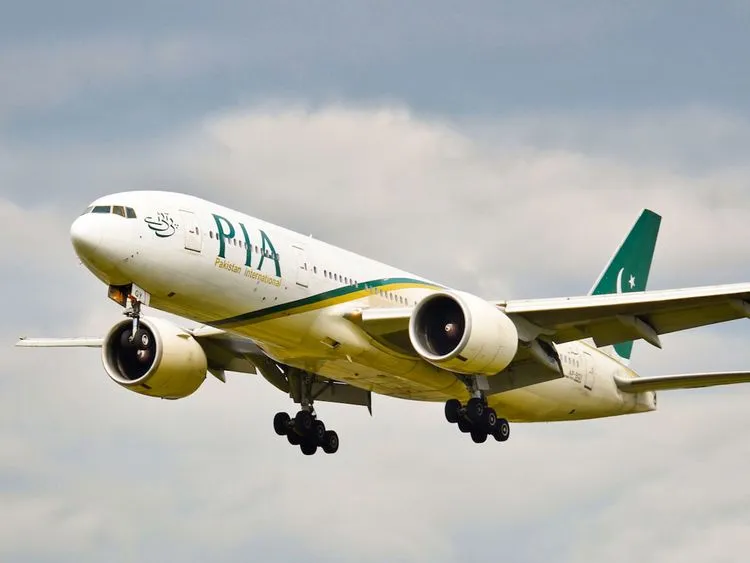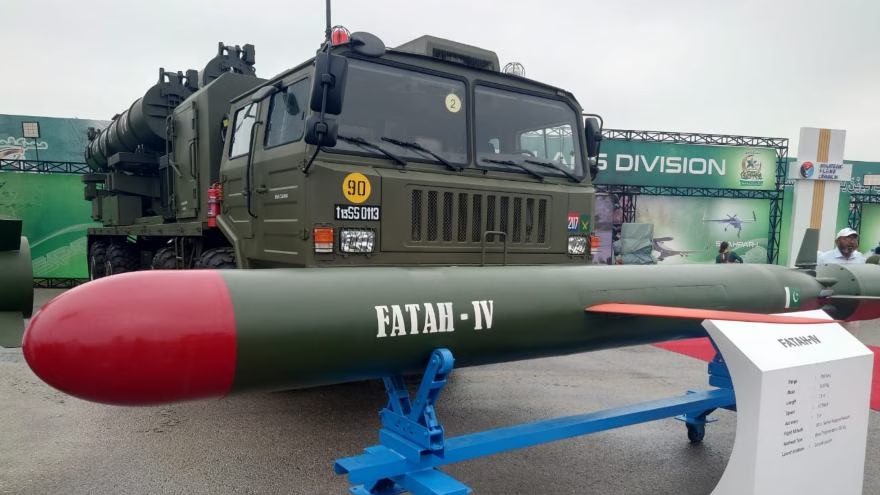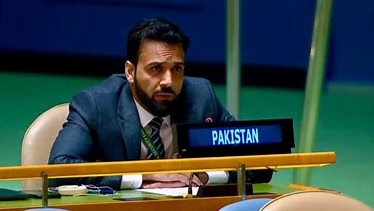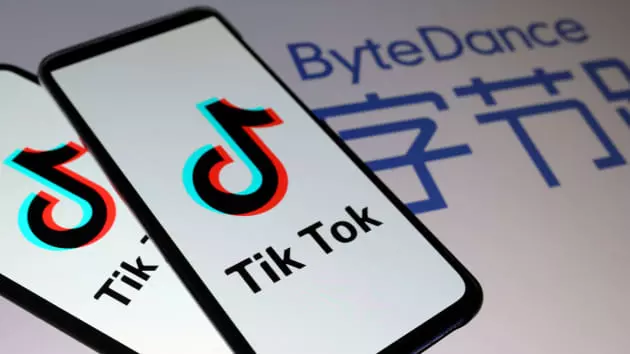Despite the fact that the Universal Service Fund (USF) has invested over 93 billion rupees to this day (since 2006-07), approximately 15 percent of the country’s population still does not have access to mobile or telecom services.
Some of the un-served and under-served districts of Balochistan, as well as some of the territories that used to be a part of the Federally Administered Tribal Areas (FATA), still do not have access to basic telephone and mobile internet services, according to official sources.
The fund was established in 2007 with the purpose of extending cellular, broadband internet, fibre optics, and other types of telecommunication services to regions that were previously unserved or underserved. The fund has been receiving contributions of 1.5 percent of revenue from each of the participating telecom firms. Prior to the beginning of USF in 2006-07, the percentage of people with access to telecommunications was around 44%.
According to official papers, the Universal Service Fund has spent a total of Rs. 92.797 billion so far on the development of communications services to parts of the nation that are now unserved or underserved.
Officials at USF argued that in spite of tremendous population expansion, many communities were still not adequately supplied. According to them, the United States Force had to contend with difficult terrains, a low population density, severe weather, an absence of electrical power, the absence of inadequate supplies, and inadequate security clearance. The regions that do not support the business strategies of telecom operators are the places in which the government subsidies projects for telecom operators so that they may reach the under-served and un-served.
According to the documents, Pakistan Telecommunication Company Limited (PTCL) received a significant portion of the total subsidies amounting to Rs. 25.975 billion (28 percent). This was followed by Ufone, which received Rs. 22.174 billion (23.90 percent), Telenor, which received Rs. 22.947 billion (24.73 percent), Zong, which received Rs.5.637 billion (6.07 percent), Wateen, which received Rs. 4.847 billion (5.22 percent), World Call, which received (3.57 percent).
Fiber cable extensions to tehsils let telecom service providers provide a wider variety of telecommunications options to rural regions. Tehsils are administrative subdivisions in India. It is comparable to constructing information superhighways for all of the tehsils. This initiative has resulted in the installation of 6,447 kilometers (km) of optical fibre and the connectivity of 56 tehsils and 26 towns.
ICTs for girls, the establishment of 13 computer labs in selected institutions, enabling persons with disabilities to use telecom services, medicine network end services, the establishment of tele centers, and the empowerment of craft SMEs through e-commerce are some of the initiatives that have been started as part of special projects. Other initiatives that have been started include the establishment of tele centres.










